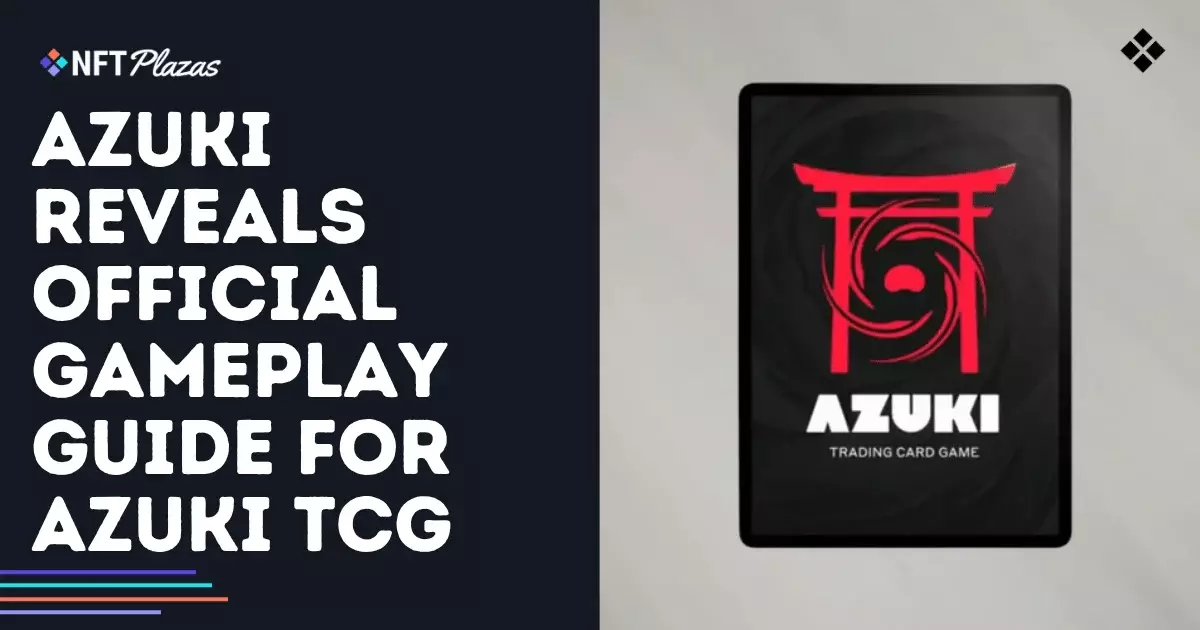NFT gaming, often lauded as the nexus of digital ownership and immersive entertainment, promises a revolutionary shift in how we perceive value and engagement in the gaming industry. But beneath this shiny veneer lies a complex web of overhyped promises, questionable sustainability, and a fundamental misunderstanding of what true innovation should entail. While many enthusiasts cheer for the potential of blockchain-integrated games, critics argue that the sector’s current trajectory borders on a mirage—an illusion that appears vibrant from afar but is increasingly flimsy upon closer inspection.
This burgeoning scene leverages blockchain technology to create “digital ownership,” enabling players to supposedly buy, sell, and trade unique in-game assets across a decentralized ecosystem. Such narratives are enticing; they evoke visions of players gaining real-world value and autonomy over their virtual possessions. However, this idealized dream often clashes with the reality of mass-market dynamics. For many NFT games, the core issue isn’t innovation but a misguided obsession with monetization, often at the expense of gameplay quality and community trust.
The Rare Unicorn: Promises Over Practice
Much of the discussion surrounding NFT gaming revolves around the alluring promise of “players owning their assets” and the democratization of digital assets. Yet, in practice, most of these games rely on a speculative economy that resembles a pyramid more than a stable marketplace. The NFT craze has been fueled heavily by hype and short-term gains, where early adopters profit from resale, not from genuine engagement or entertainment. This model inherently creates a volatile environment that discourages sustainability and disincentivizes long-term growth.
Furthermore, the technology itself—blockchain and smart contracts—are often presented as catalysts for positive change. Still, they frequently introduce complexity and barriers that alienate casual gamers. The transaction fees (gas fees), slow confirmation times, and environmental concerns overshadow the supposed benefits of digital ownership. Instead of fostering widespread adoption, NFT gaming platforms tend to create exclusive ecosystems that are accessible only to those with a certain level of technical knowledge or financial means, further deepening the divide between the mainstream and niche markets.
The Case of Azuki: A Microcosm of the Illusion
Recently, Azuki’s release of a detailed gameplay guide for its upcoming trading card game (TCG) exemplifies the industry’s blend of hype and superficial progress. The guide, heralded as an essential milestone, outlines the game’s core mechanics—faction decks, card types, and strategic flow—yet conspicuously omits any substantive mention of blockchain integration beyond branding. This selective transparency hints at the central issue: the blockchain is often a façade rather than a foundational element.
Azuki’s TCG is ostensibly built around competitive strategy and casual fun, yet the focus seems to be more on the branding of its NFT-centric identity than on genuine game design. The game’s mechanics—turn-based gameplay, resource management, faction dynamics—are commodified in a way that echoes traditional card games, but layered with a nebulous “web3” veneer. The upcoming tournament in Los Angeles might generate some buzz, but it likely won’t address the deeper flaws: the lack of meaningful utility for blockchain assets within the game environment and the ongoing disconnect between the digital and physical worlds.
The Broader Implications: Why the Hype Might Not Last
The central flaw in NFT gaming isn’t just that many projects are feel-good fads, but that they threaten to erode gaming credibility altogether. When the core experience becomes secondary to speculation, genuine community building and artistic development suffer. The long-term viability of this sector depends less on sprucing up the superficial and more on integrating meaningful utility—something that current projects largely lack.
Additionally, the regulatory and environmental risks looms large. Governments worldwide are scrutinizing blockchain activity, and associated energy consumption is under increasing public pressure. If NFT gaming continues down this path of hype-driven growth, it risks becoming a bubble ready to burst under regulatory crackdowns or technological obsolescence.
In the end, the promise of NFT gaming as a true evolution in the digital entertainment space remains unfulfilled. It tempts us with the allure of ownership and innovation but delivers often the opposite—a fleeting illusion that quickly fades once scrutinized. Until the industry shifts focus from hype to substance, the vision of a sustainable, player-centered digital economy will stay just out of reach, a shimmering mirage amidst the desert of unmet expectations.
















Leave a Reply